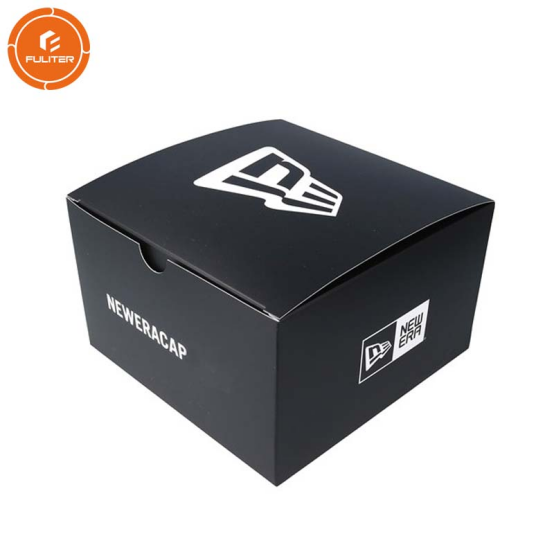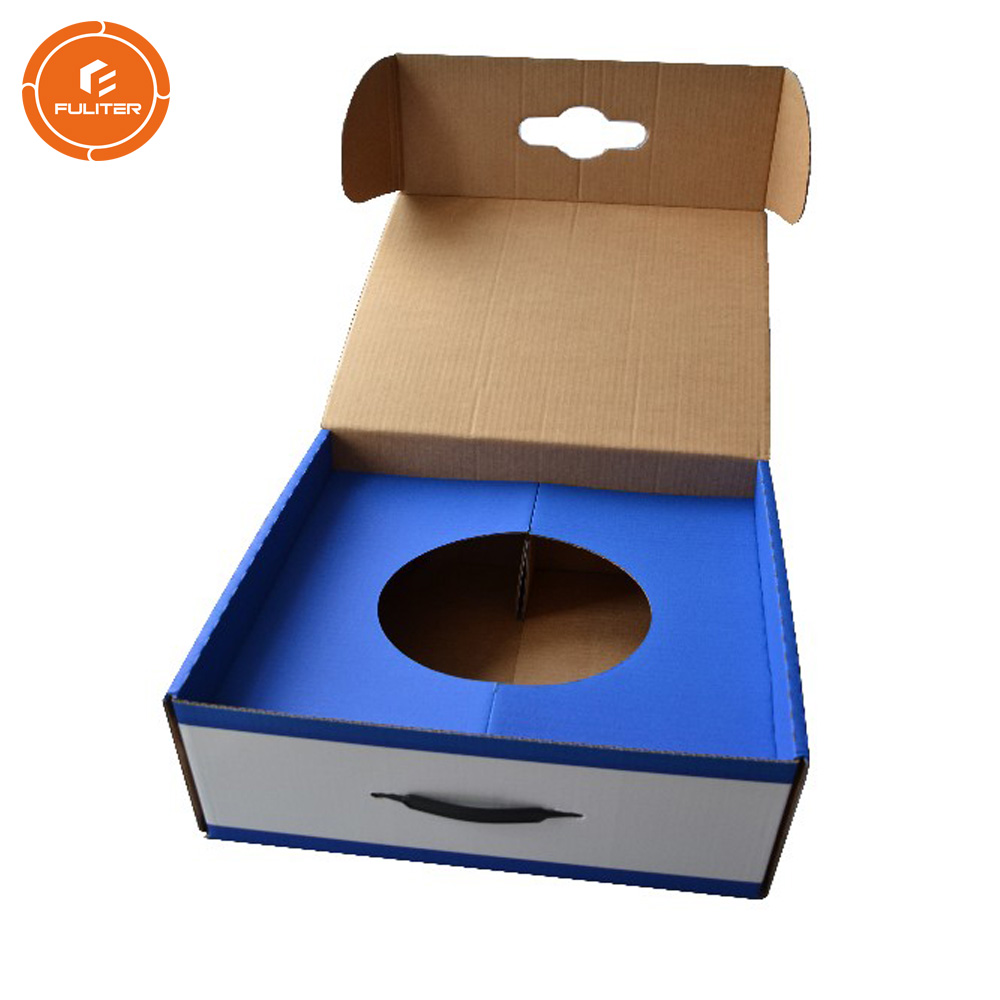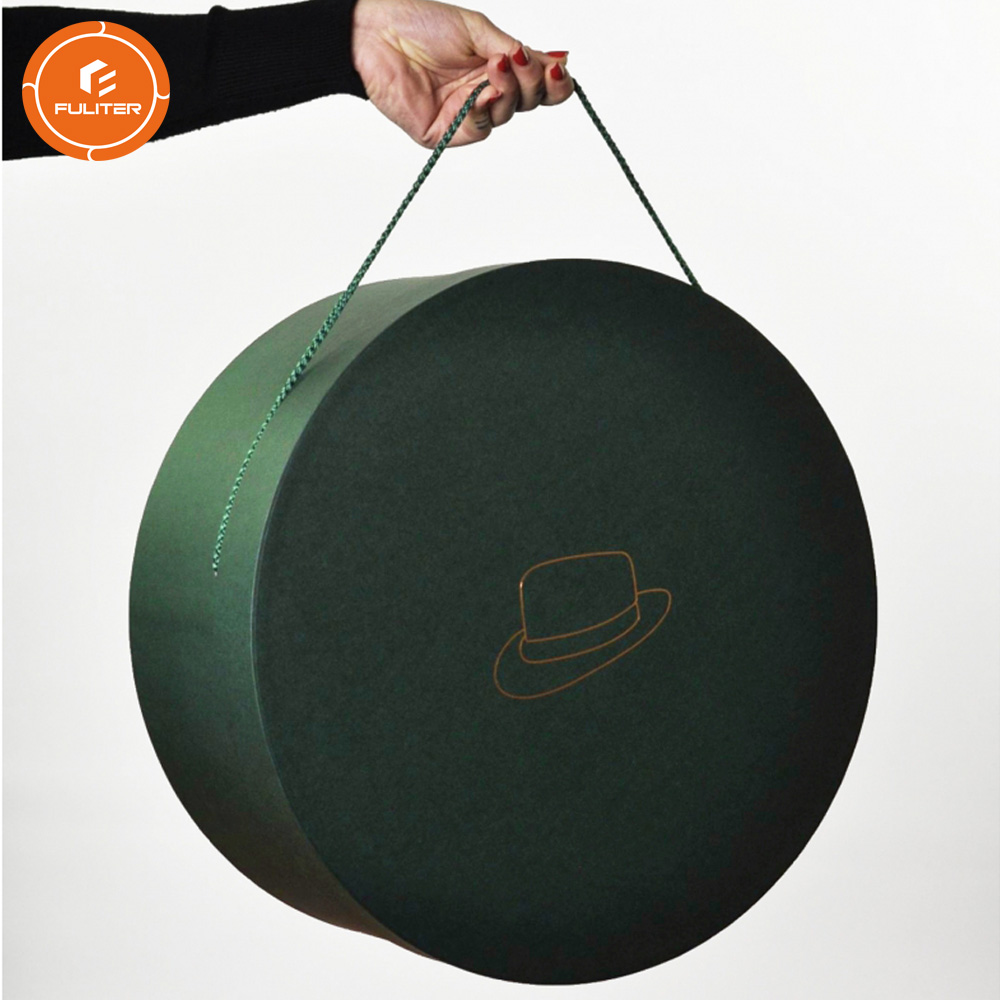For packaging and printing companies, digital printing technology, automation equipment and workflow tools are critical to increasing their productivity, reducing waste and reducing the need for skilled labor. While these trends predate the COVID-19 pandemic, the pandemic has further highlighted their importance. Baseball cap box
Packaging and printing companies have been greatly affected by supply chains and prices, especially in the supply of paper. In essence, the paper supply chain is very global, and enterprises in different countries and regions around the world basically need paper and other raw materials for production, coating and processing. Companies around the world are dealing in different ways with labor and the pandemic’s problems with the supply of materials such as paper. As a packaging and printing company, one of the ways to deal with this crisis is to fully cooperate with distributors and do a good job in predicting material demand. Fedora hat box
Many paper mills have reduced capacity, resulting in a shortage of paper in the market and increasing its price. In addition, the freight cost is a widespread increase, and this situation will not end in the short term, and delay the demand of production process, logistics and rigid, paper supplies caused great negative impact, perhaps the problem will get problems with the passage of time gradually, but in the short term, it is a headache for packaging and printing enterprise, So packaging printers should be ready as soon as possible. Cap box
Supply chain disruptions caused by COVID-19 in 2020 continued into 2021. The continued impact of the global pandemic on manufacturing, consumption and logistics, coupled with rising raw material costs and freight shortages, is putting companies across a wide range of industries worldwide under severe pressure. While this continues into 2022, there are steps that can be taken to mitigate the impact. For example, plan as far in advance as possible and communicate requirements with paper suppliers as early as possible. Flexibility in the size and type of paper stock is also very useful if the selected product is not available. Hat shipping box
There is no doubt that we are in the midst of a global market shift that will reverberate for a long time to come. The immediate shortage and price uncertainty will continue for at least a year. Those that are flexible enough to work with the right suppliers through difficult times will emerge stronger. As the raw material supply chain continues to affect product prices and availability, it forces packaging printers to utilize a variety of paper types to meet customers’ printing deadlines. For example, some packaging printers use more super-waxed, uncoated paper. Cap hat packaging
In addition, many packaging and printing companies conduct comprehensive research in different ways, depending on their size and the market they serve. While some buy more paper and maintain inventory, others optimize their paper use processes to adjust the cost of producing orders for customers. Many packaging and printing companies have no control over supply chains and pricing. The real answer lies in creative solutions to improve efficiency.
From a software perspective, it is also important for packaging and printing companies to carefully evaluate their workflows and understand the time that can be optimized from the time the job enters the printing and digital production plant to the final delivery period. By eliminating errors and manual processes, some packaging and printing companies have even reduced costs by six figures. This is a continuous cost reduction that opens the door to more throughput and business growth opportunities.
Another challenge facing packaging and printing suppliers is the lack of skilled workers. Europe and the United States are facing widespread resignation as mid-career workers leave their employers for other opportunities. Retaining these employees is important because they have the experience and knowledge needed to mentor and train new employees. It is good practice for packaging and printing suppliers to provide incentives to ensure employees stay with the company.
What is clear is that attracting and retaining skilled workers has become one of the biggest challenges facing the packaging and printing industry. In fact, even before the pandemic, the printing industry was undergoing a generational shift, struggling to replace skilled workers as they retired. Many young people do not want to spend a five-year apprenticeship learning how to operate flexo printers. Instead, young people prefer to use digital printing machines with which they are more familiar. In addition, the training will be lighter and shorter. In the current crisis, this trend will only accelerate.
Some packaging printing companies have retained staff during the pandemic, while others have been forced to lay off workers. Once production starts to resume in full and packaging and printing companies start hiring again, they will find, and still do, a shortage of workers. This has prompted companies to constantly look for ways to get work done with fewer people, including evaluating processes to figure out how to eliminate non-value-added jobs and investing in systems that help automate. Digital printing solutions have a shorter learning curve and therefore are easier to train and hire new operators, and businesses need to continue to bring new levels of automation and user interfaces that allow operators of all skills to improve their productivity and print quality.
Overall, digital printing presses provide an attractive environment for the young workforce. Traditional offset printing systems are similar in that a computer-controlled system with integrated artificial intelligence (AI) runs the presses, enabling inexperienced operators to achieve outstanding results. Interestingly, the use of these new systems requires a new management model to instill methods and processes that take advantage of automation.
Hybrid inkjet solutions can be printed in tandem with an offset press, adding variable data to the fixed print in one process, and then printing personalized color boxes on individual inkjet or toner units. Web-to-print and other automation technologies address worker shortages by increasing efficiency. However, it is one thing to talk about automation in the context of cost reduction. When hardly any workers can be found to receive and fulfill orders, it becomes an existential problem for the market.
A growing number of companies are also focusing on software automation and equipment to support workflows that require less human interaction, which is driving investment in new and upgraded hardware, software, and free workflows, and will help businesses meet customer needs with fewer people. The packaging and printing industry is experiencing labor shortages, as well as the push for agile supply chains, the rise of e-commerce, and the growth to unprecedented levels in the short term, and there is no doubt that this will be a long-term trend.
Expect more of the same in the coming days. Packaging and printing companies should continue to pay attention to industry trends, supply chains, and invest in automation where possible. Leading suppliers in the packaging and printing industry are also paying attention to their customers’ needs and continue to innovate to help support them. This innovation also goes beyond product solutions to include advances in business tools to help optimize production, as well as advancements in predictive and remote service technologies to help them maximize uptime.
External problems may still not be accurately predicted, so the only solution for packaging and printing companies is to optimize their internal processes. They will seek new sales channels and continue to improve customer service. Recent surveys indicate that more than 50% of packaging printers will invest in software in the coming months. The pandemic has taught packaging and printing companies to invest in leading products such as hardware, inks, media, software that are technically reliable, reliable, and allow for multiple output applications as market changes may quickly dictate volumes.”
The drive for automation, shorter version orders, less waste and full process control will dominate all printing areas, including commercial printing, packaging, digital and traditional printing, security printing, currency printing and electronics printing. It follows Industry 4.0 or the Fourth Industrial Revolution, combining the power of computers, digital data, artificial intelligence and electronic communications with the entire manufacturing industry. Incentives such as reduced Labour resources, competitive technology, rising costs, shorter turnaround times, and the need for added value will not recover.
Safety and brand protection is an ongoing concern. The demand for anti-counterfeiting and other brand protection solutions is on the rise, which represents an excellent opportunity for printing inks, substrates and software. Digital printing solutions can offer significant growth potential for governments, authorities, financial institutions and others handling secure documents, as well as brands that need to deal with counterfeiting, especially in the health products, cosmetics and food and beverage industries.
In 2022, the sales of major equipment suppliers continue to increase. As a member of the packaging and printing industry, we are working hard to make every process as efficient as possible, while working hard to enable people in the production chain to make decisions, manage and meet business development and customer experience requirements. The coronavirus pandemic has presented a real challenge to the packaging and printing industry. Tools such as e-commerce and automation help ease the burden for some, but problems such as supply chain shortages and access to skilled Labour will remain for the foreseeable future. However, the packaging and printing industry as a whole has proved remarkably resilient in the face of these challenges and has actually evolved. It is clear that the best is yet to come.
Post time: Sep-14-2022






